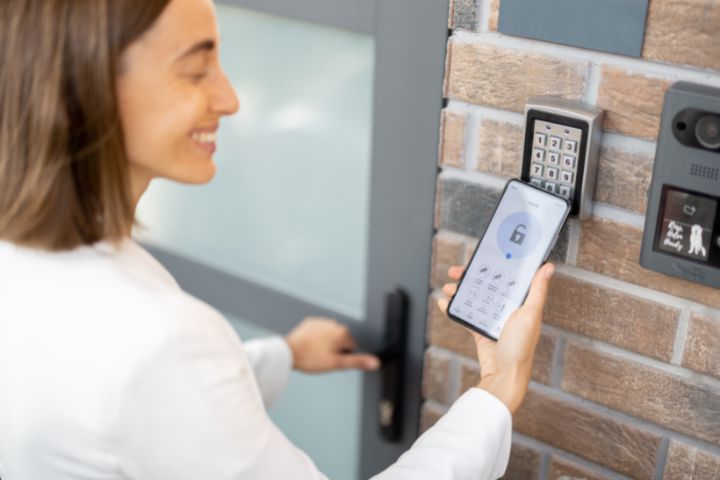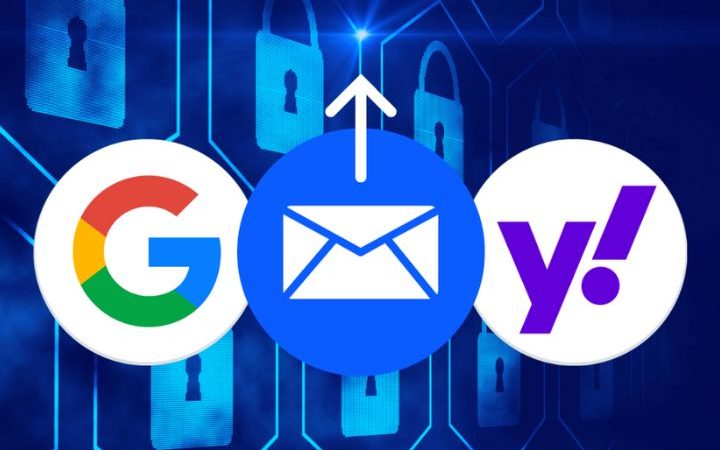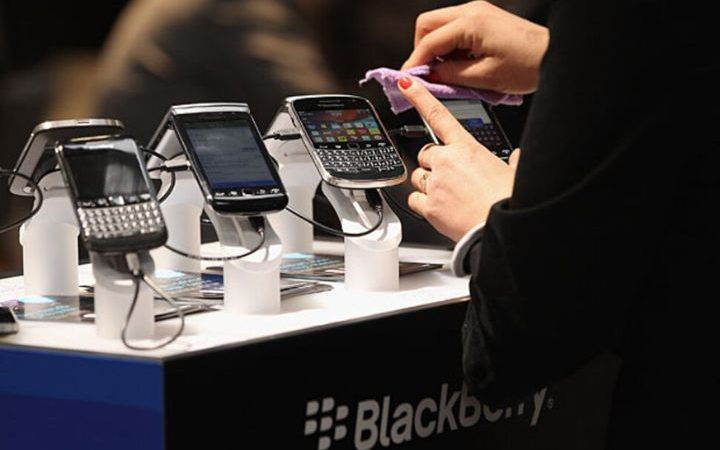Smart Lock: Access Control Within Reach Of a Smartphone

The technological universe of intelligent electronic locks, which exploded in the early 2000s in response to the need to provide an inexpensive and easy-to-install alternative to traditional industrial access control systems, saw in 2020 as the emergence of a further opportunity for growth due to the pandemic.
A complete description of a Smart Lock system, in fact, focuses on three components:
- the lock (among the most common types, we find those of the magnetic and electromechanical types)
- the management system (app or desktop software)
- login credentials (PIN codes, RFID cards, fingerprints, QR codes, etc …)
The recent opportunity arises precisely in the context of credentials, which have undergone a significant revamp both in terms of smartphone use and in the direction of RFID already explored in the past. In both cases, the watchword today is undoubtedly one: contactless. That said, the modern panorama of this niche is, above all, the result of the historical evolution of the second component mentioned, namely the management system, an evolution that has taken shape both in the industrial and the civil sector in an interconnected way.
Table of Contents
Offline systems
The first type of system developed by the sector, the “offline system,” consists of programming software installed on the desktop, the main purpose of which is to allow the writing of a master card that transfers all information relating to users and privileges to individual Smart Locks once they are read. In other words, the programming communication to the various locks does not occur directly from the software. Still, it uses the master cards so that the access permissions reach the readers (which are, in fact, not directly connected to the software and, therefore, “offline” ).
Limits and evolution
Subsequently, with the advancement of the Internet and the production capacities of manufacturing companies, the possibility of equipping each lock with a TCP / IP unit becomes concrete, making it capable of communicating directly with the software by emulating a control unit. A comfortable prospect, but one that does not convince, especially from an economic point of view.
Smartphone
More recently, we have seen the birth of smartphones and related apps. By now, there is something for all purposes, and among these could not miss security: in addition to CCTV systems and anti-intrusion systems, access control has made space by immediately taking advantage of the communication protocols typical of the Smart Home, such as Zigbee, Bluetooth, and Z-Wave. Hence, starting from the residential, the Smart Lock product could finally offer a fruitful connection to the management software or app.
Gateway
Everything solved? Not exactly, since the “one-to-one” control between the app and Smart Lock, so dear to the end user, is not exactly easy to project to the industrial sector. At what distance can I establish communication between the mobile phone and the lock? How many mobile phones can I give control permissions to the same lock at a time? If the smartphone on which the app was installed is lost, is it still possible to cancel the association between it and the Smart Lock?
Questions that have found a clear answer with introducing an intermediate element between network and lock: the Gateway.
Online systems
By binding one or more Smart Locks to the elements mentioned above through one of the above protocols, it is then the task of the Gateway to connect to the network (typically via Ethernet cable) to give the software a real-time view of the locks. Ditto for programming users and credentials; direct, fast, and free of costly travel. Add to this the installation of software equipped with a communication module with the Gateways and, perhaps, a section for managing reservations that can be shared on the local network with customers to provide them with the login credentials on a mobile phone connected via WiFi: this is how we assist at the birth of “online systems.”
Contactless
While some types of biometric credentials continue to meet resistance from local legislations, the broader concept of contactless has recently gotten everyone to agree. Combining the benefits with the convenience offered by online systems, the direction of the Smart Lock market for the future seems clearer than ever.
Also Read : Chat Room Reviews -10 Popular Free Chat Rooms






